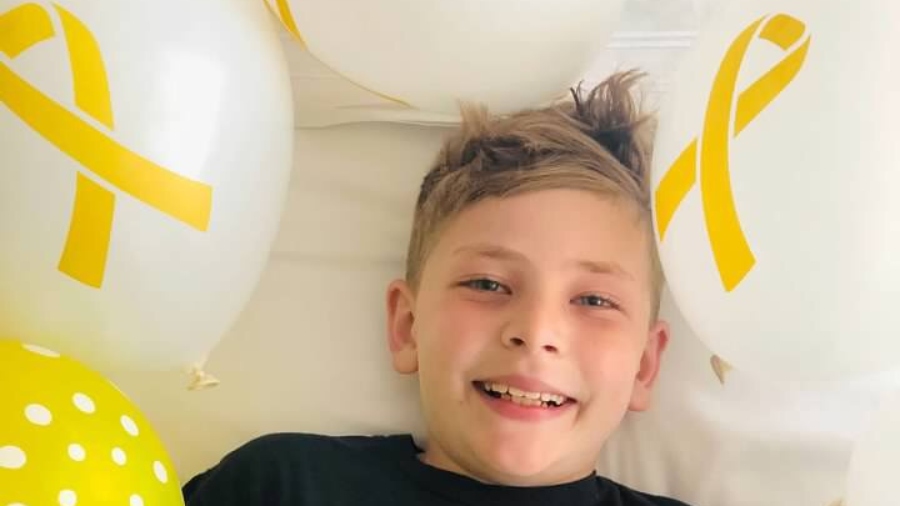Blood cancers such as lymphoma, myeloma or leukemia often prompt doctors to advise a bone marrow transplant as treatment. Not sure what a bone marrow transplant is, what it does and what to expect? You’re not alone.
A bone marrow transplant and its accompanying immunotherapy provide a potential cure for blood cancer patients or patients with bone marrow failure (aplastic anemia) when chemotherapy has not been successful. In these cases, a stem cell transplant may provide a cure by replacing a patient’s diseased blood-forming cells with healthy cells.
Who Gets a Transplant?
Each year, about 18,000 Americans ranging in age from infancy to age 74 are diagnosed with critical illnesses that would benefit from a bone marrow transplant or umbilical cord blood transplant (BMT). A matched donor remains the best option for treatment and recovery, according to the Health Resources and Services Administration. The donor can be related but does not have to be.
A New Immune System Is A Second Chance
To understand how a transplant or immunotherapy works, it helps to understand what goes wrong. Here’s what happens:
-
Our immune system weakens and stops killing cancer cells. Our body produces cancer cells every day, but our immune system seeks out and destroys those cells before they can become cancer. When our immune system stops killing those cells, whatever that reason might be, we develop cancer.
-
The cancer produces hormones that further weaken the immune system. Once the cancer has taken hold, it produces specific hormones that tell the body to stop attacking the cancer. This allows the cancer to potentially spread.
A bone marrow transplant from a healthy donor replaces the weakened immune system with one that can detect the cancer cells early and prevent them from coming back. Essentially, this transplant helps the body to cure itself.
There are three main types of bone marrow transplant:
-
Autologous transplant — uses your own healthy blood-forming cells harvested by doctors before chemotherapy and then reimplanted after treatment
-
Allogeneic transplant — uses healthy blood-forming cells from a matched donor
-
Haploidentical transplant — another type of allogeneic transplant using cells from a family member or matched donor
Only 30 percent of patients have a relative who is an eligible donor. Everyone else must rely on volunteers to supply a match and donate healthy marrow, according to the American Society of Clinical Oncology. Ethnically and racially diverse patients face even greater challenges in finding a donor from the same ethnic background to be the best match.
Road to Recovery
Recovery from an autologous transplant, also called a “stem cell rescue,” is two to three months. In this case, the time frame depends on the chemotherapy treatment and how quickly the reimplanted cells create new, cancer-fighting blood cells.
In an allogeneic transplant with donor cells, recovery can take six to 12 months. While the risks associated with autologous transplant are fewer than with allogeneic transplant, patients are also less likely to be cured.
Immunotherapy Is the Future
Allogeneic bone marrow transplant is the original form of immunotherapy, first performed in 1957. As researchers develop more immunotherapies for various cancers, using the body’s own defenses to seek and destroy malignant cells, these treatments hold the key to the future for a cancer cure.
Choose to Stay in Touch
Sign up to receive the latest health news and trends, wellness & prevention tips, and much more from Orlando Health.
Sign Up










